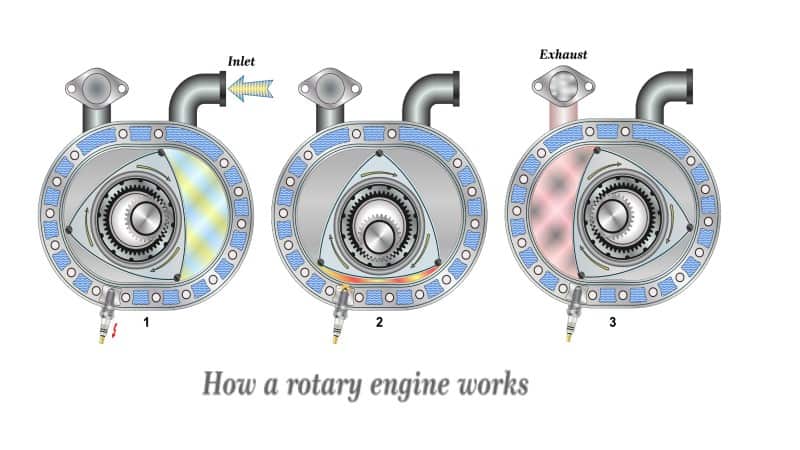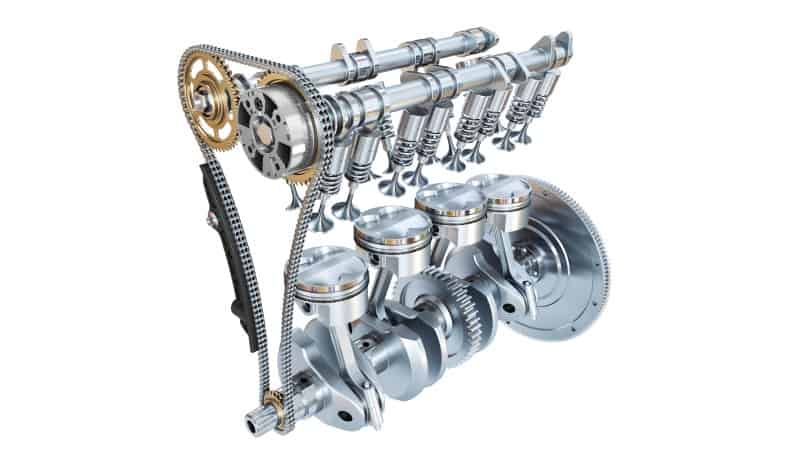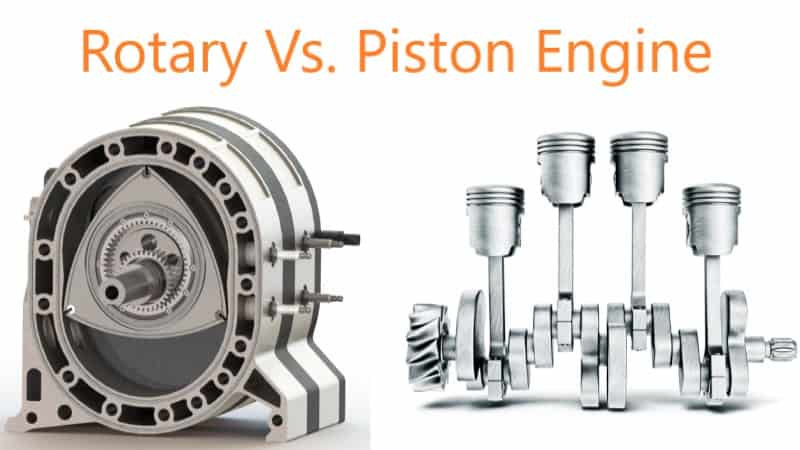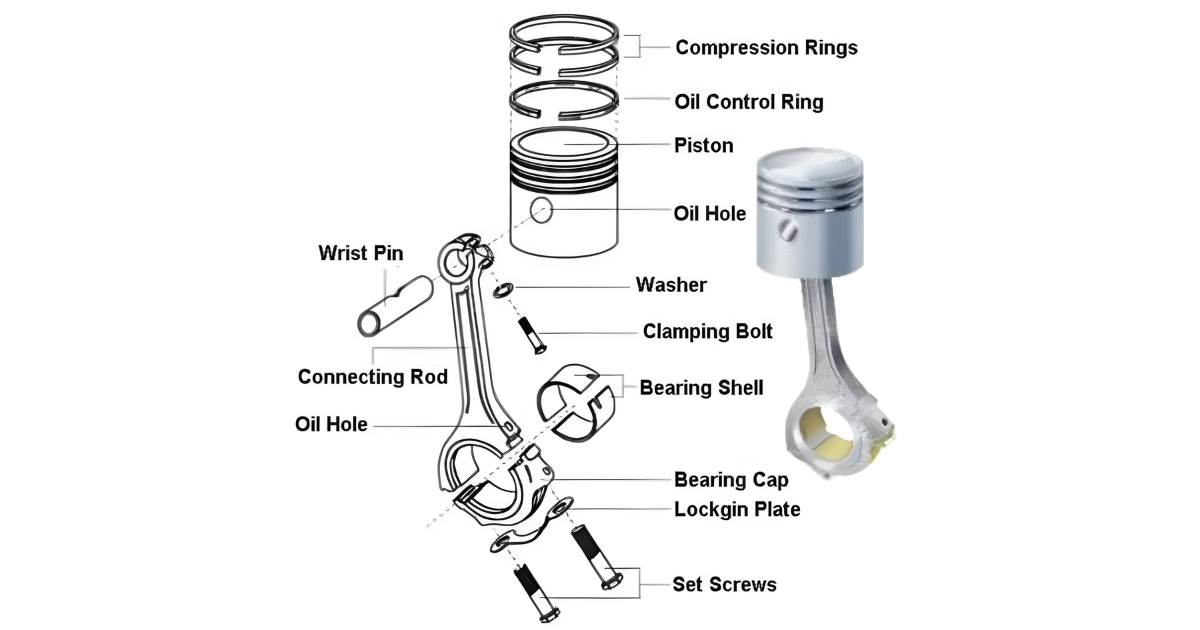For some reason, most car aficionados insist that internal combustion engines powered by conventional pistons are the sole option for modern vehicles.
Despite the persistence of this misconception, it should be remembered that the rotary engine was also widely used during that period.
Rotary engines are what?

One unusual engine design is the rotary engine, which has an odd number of cylinders and a radial configuration. Two spark plugs and an unusually lengthy combustion chamber characterize the engine’s design. The term “rotary engine” describes this type of power plant because practically every component is meant to spin.
The spark plugs set off the combustion process in the engine, which propels the rotor forward by igniting the air-fuel mixture. In order to create electricity, the explosion of gas causes the rotor to spin.
Another name for the engine that came from its creator, Felix Heinrich Wankel, is the Wankel engine
Pros Of Rotary Engine
If you’re trying to decide between a piston engine and a Mazda rotary engine, here are a few advantages of the rotary engine:
- Quieter and smoother operation
- Low maintenance cost
- Long term reliability
- Lightweight
Cons
- Poor gas mileage and emission
- Oil consumption
- Frequent maintenance
- Fewer technical experts
The piston engine is what?

One type of internal combustion engine is the piston engine, which uses a system of one or more reciprocating pistons to transform thermal energy and pressure into mechanical motion. A traditional example would be an internal combustion piston engine with four strokes.
Pins, crankshafts, intake and exhaust camshafts, spark plugs, connecting rods, water jacket, and valves (inlet and outlet) are some of the parts that make up a 4-stroke engine
Pros of Piston Engine
- Low Nitrogen oxide emissions.
- Mechanical simplicity.
- Less manufacturing cost.
- Low turbine operating temperature.
- Flexibility and reliability.
- Easy to start the piston.
- Highly suitable for waste heat recovery.
- The high degree of maneuverability.
- Offers the HCCI combustion process.
- Internally balanced.
Cons
- Poor part-load efficiency.
- High combustion rate.
- Requires reduction gearing
What’s Different About Rotary and Piston Engines

The way rotary engines work is the main distinction between them and piston engines. Some of the most fundamental differences between the two motors are as follows.
The motion’s directional components
In a rotary engine, the moving parts spin in a single direction to produce power, while in a piston engine, the high pressure and heat are transformed into rotational motion by means of a series of pistons that rise and fall.
Number of parts
There are fewer moving components in a rotary engine than in a piston engine. In order to produce power, a piston engine uses a number of components, but a rotary engine relies on just three main pieces.
Conclusion
While both rotary and piston engines use internal combustion and have a four-stroke cycle, they are distinct from one another. We have seen the key distinctions between rotary and piston engines up above. In order to achieve a balance, we have also included the similarities.
Due to its many disadvantages, rotary engines are no longer used in the majority of new cars. Still, you might find the Wankel engine in a few different models from Mazda and a couple other companies.
Should you inquire, “Is a rotary or piston engine superior?” Before making a final decision, please take into account the advantages and disadvantages of rotary engines compared to piston engines.





